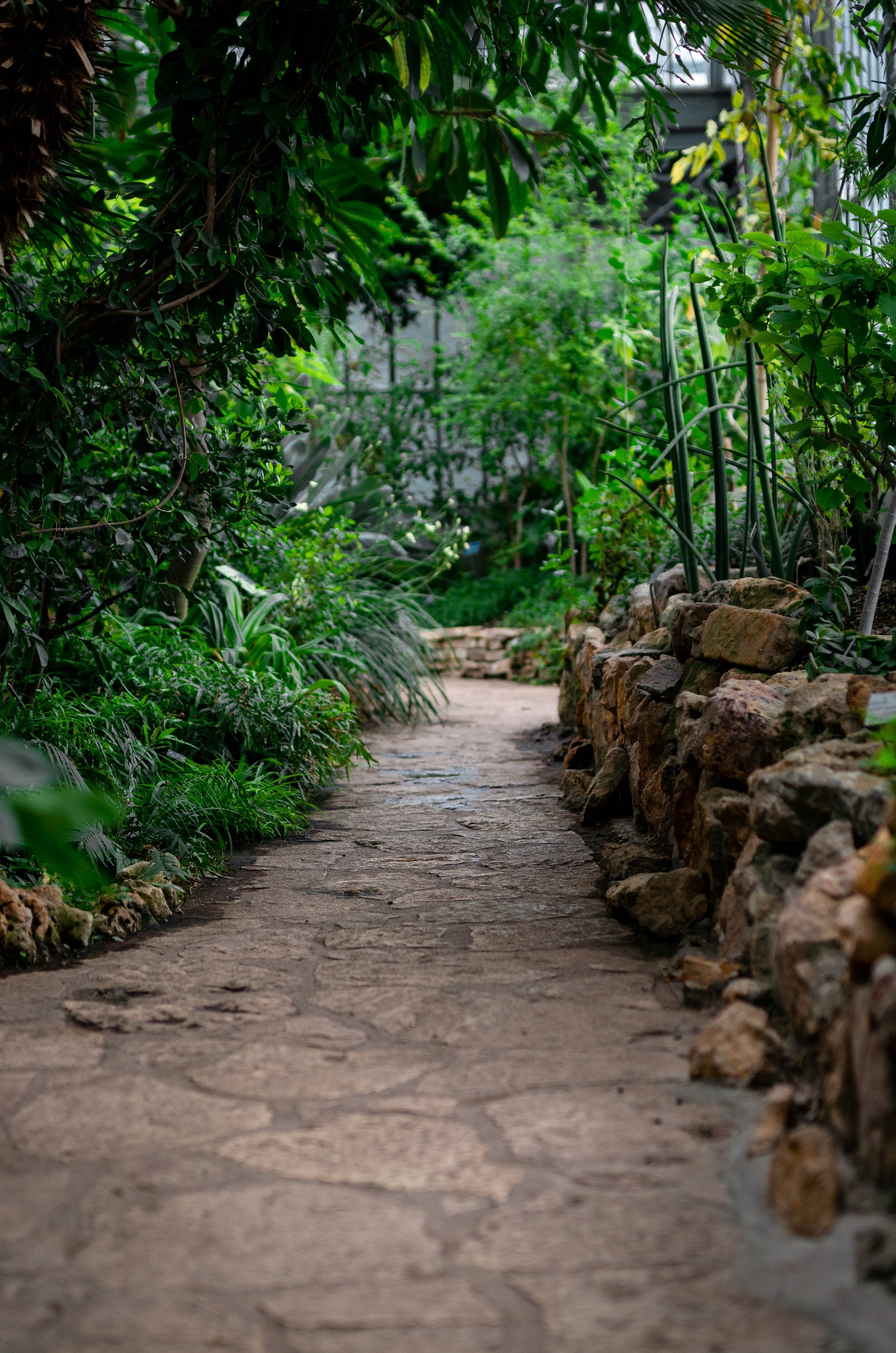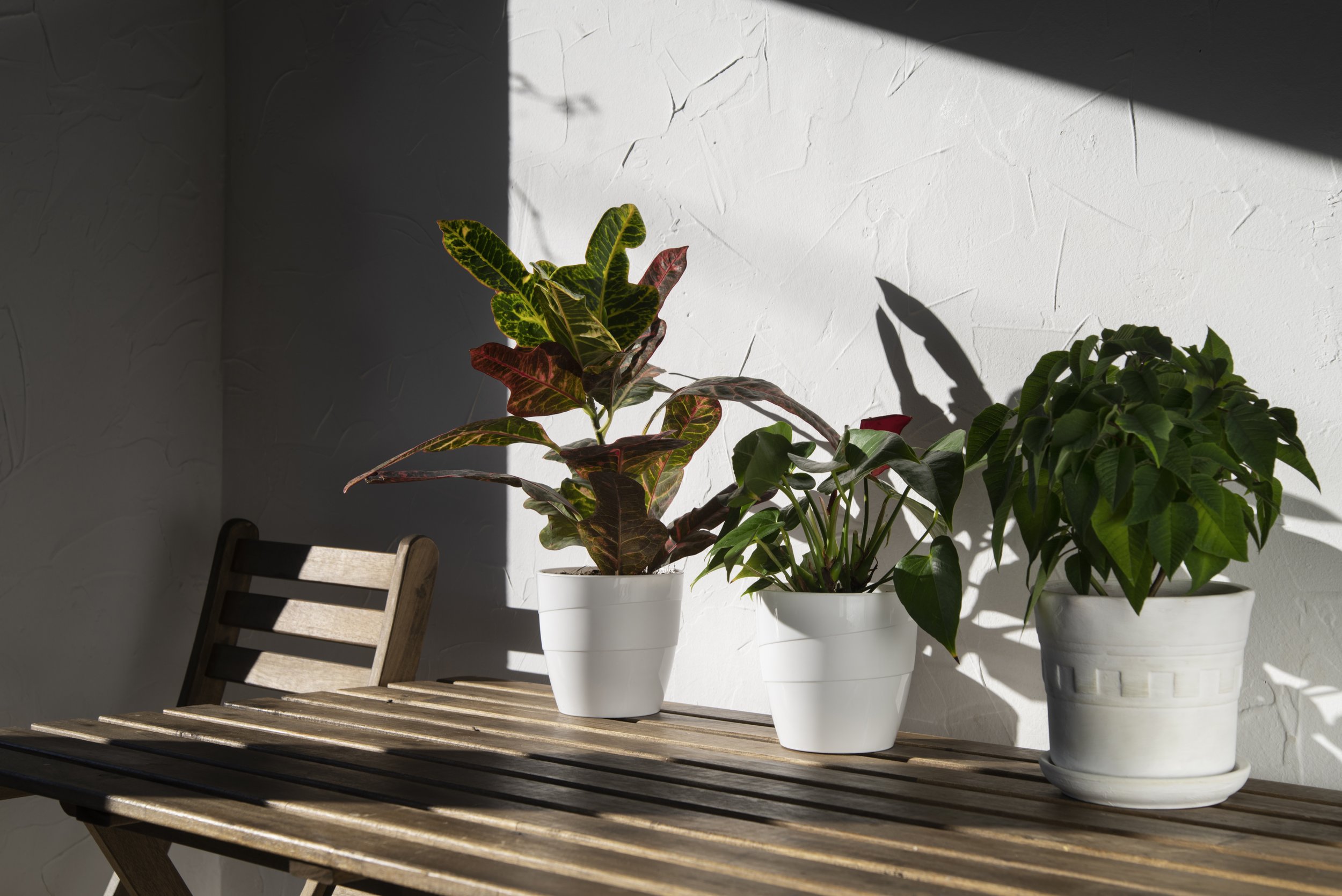HOME INSPIRATIONS || 10 Ways to Create Garden Escapes at Home

Creating a peaceful space to rejuvenate is essential in allowing us to perform in all other parts of our lives. Gardens uplift and inspire by making us see what’s possible.
While it may seem like hyperbole, studies show that an inspiring view actually enhances emotional health and provides us with the resilience and fortitude to approach life with meaning and joy. One of the reasons I design gardens is because I believe having a beautiful and functional outdoor space can change the way we live and connect, and enhance our lives.
“A garden should take us to other places, even if we remain in our own backyard. As a designer and artist, I enjoy creating outdoor spaces that foster beauty and effortless connections.”
Photo Credit: Melissa Gerstle Design.
Here are 10 ways you can turn your garden, patio, or terrace into a dreamy space to enhance your wellbeing.
Address the view from the inside first. Working on the garden areas visible from the interior of the home first will provide immediate and longer enjoyment out of the improvements. Do this by creating a beautiful backdrop with planters, water features or with striking greenery along the sightline out your window to the garden.
Start small. A small step like adding a plant container can have a big impact by brightening a space. Mix a plant palette of large and small plants in varying heights, texture and colour for dimension. Think of it as a miniature garden that’s fully completed right outside your door.
Set a space to connect and unwind. Designate a seating area that makes the transition between inside and out spontaneous. This will foster effortless outdoor living so you can enjoy nature without having to think about it.
Enhance the path you walk the most. Whether a winding path to sprawling fields or steps to your favourite nook in the garden, plant detail greenery and flowers along these frequently traversed areas.
Use different shades of green and bold textures. You don’t have to rely on flowers to create interest. Try tone on tone greenery in different textures. A chartreuse against a deeper green or a variegated leaf against a silvery blue/grey tone works. When selecting a plant palette, combine plants with different shades of green and variegated leaves to create focal points in your planting beds.
Find patterns. Create dramatic plant compositions by combining plants based on a commonality of form with contrasting colour or texture. The different tones and textures sharing the same form will create a striking effect that is easily visible from a distance. For example, a combination of plants with long strapped leaves in different sizes and shades of green is aesthetically pleasing.
Use white as a colour. White flowers are like jewels in the garden and even more so in the shade. Use them in darker areas where they can add depth and create highlights and visual breaks to rest the eye.
Incorporate a feature. Fireplaces and decorative sculpture will have the most impact.
Add the soothing sound of water. From large-scale ponds with cascading water to sculptural features or wall mounted fountains, the sound of water will set a tranquil tone.
Add lighting. Lighting provides more hours to enjoy the outdoors.
Doing even one of these upgrades will help transform any outdoor living space into a stylish and welcoming respite.
Photo Credit: Melissa Gerstle Design.
MELISSA GERSTLE DESIGN
Our mission is to create exquisite and functional spaces. Consistently inspired by nature, shape and texture and acutely aware of the context of a space, each of our designs honours the authenticity of the site and the needs of our clients. By working collaboratively, each project is an expression of our client’s vision, manifested through an artful eye towards integrating the natural and built environments.
Photo Credit: Melissa Gerstle Design.












